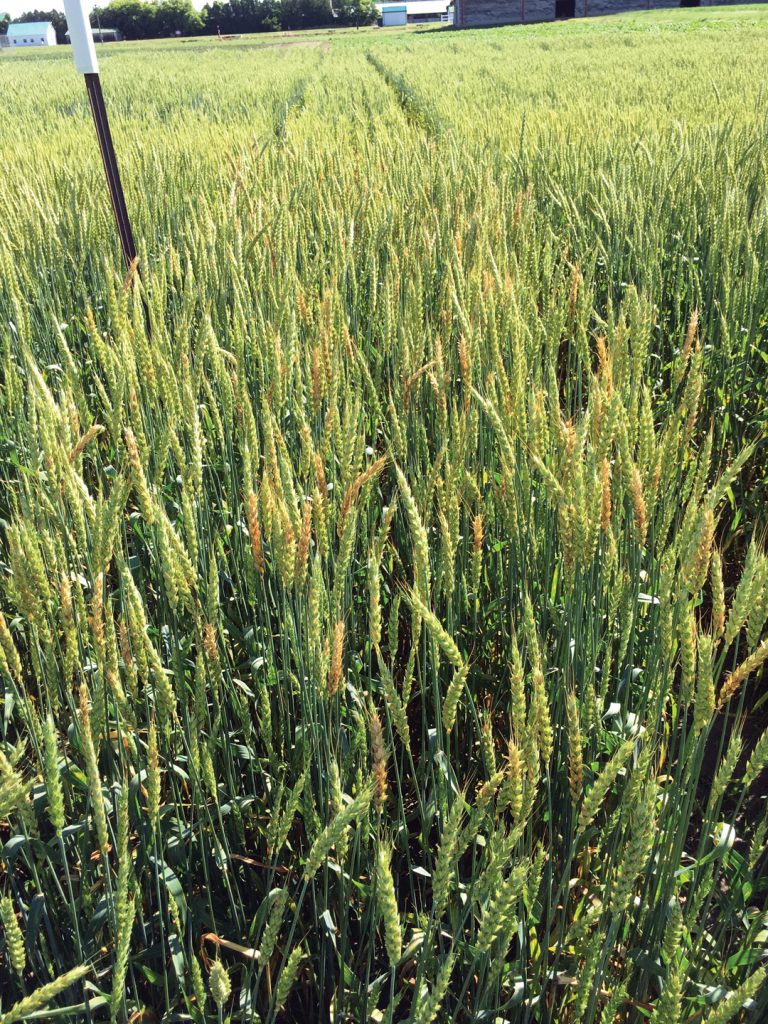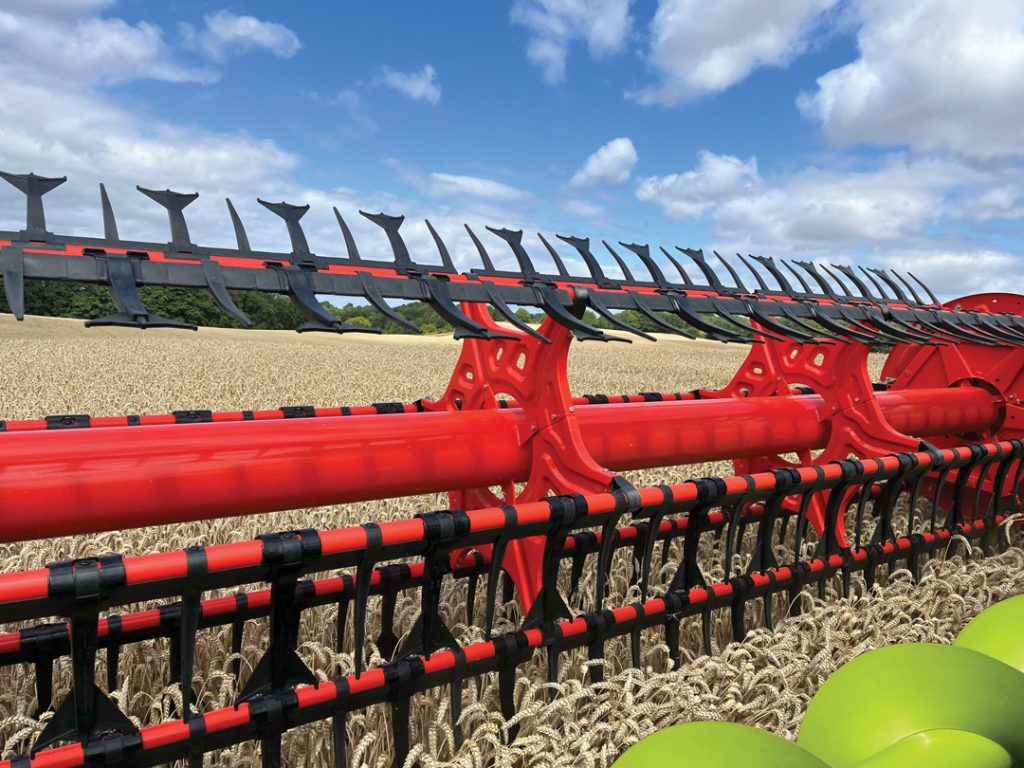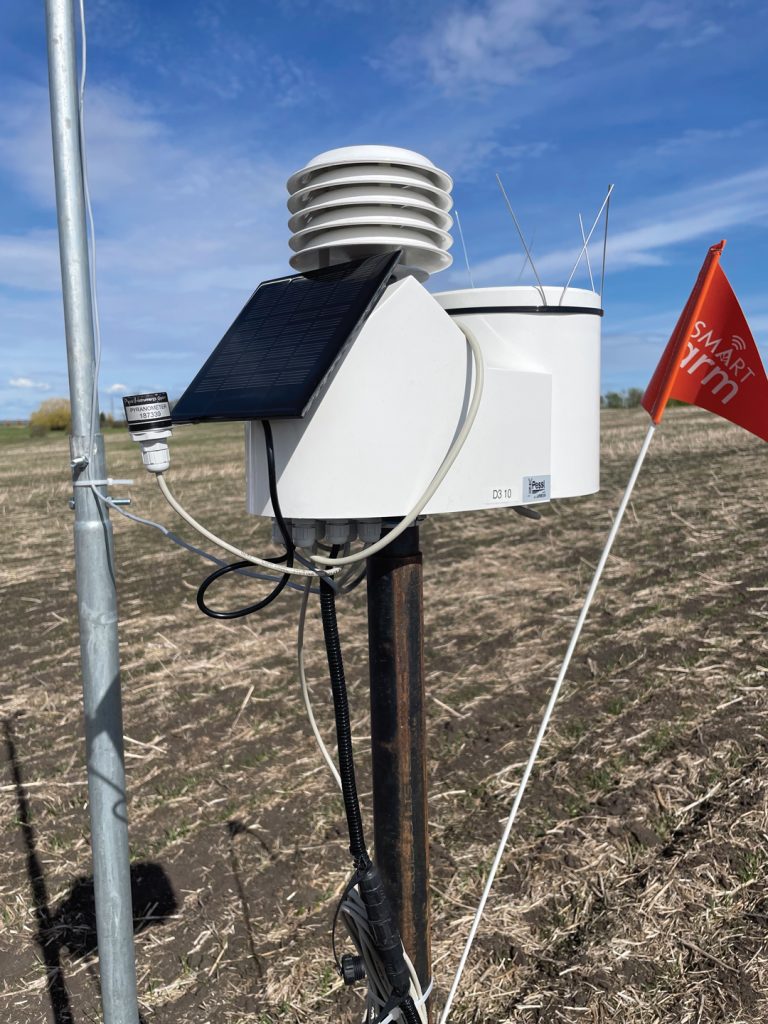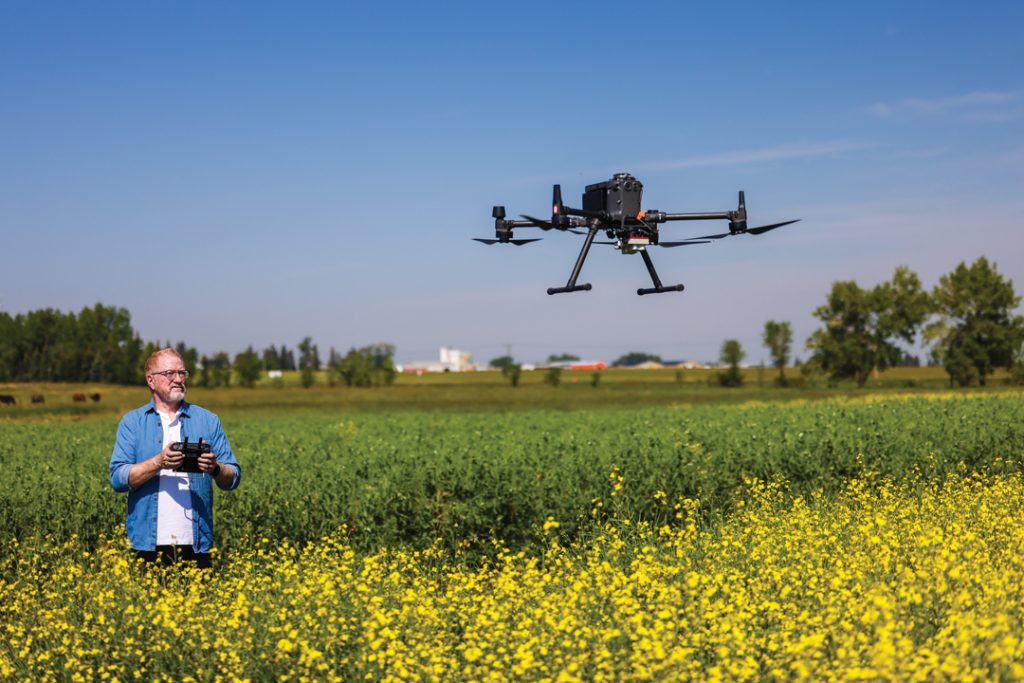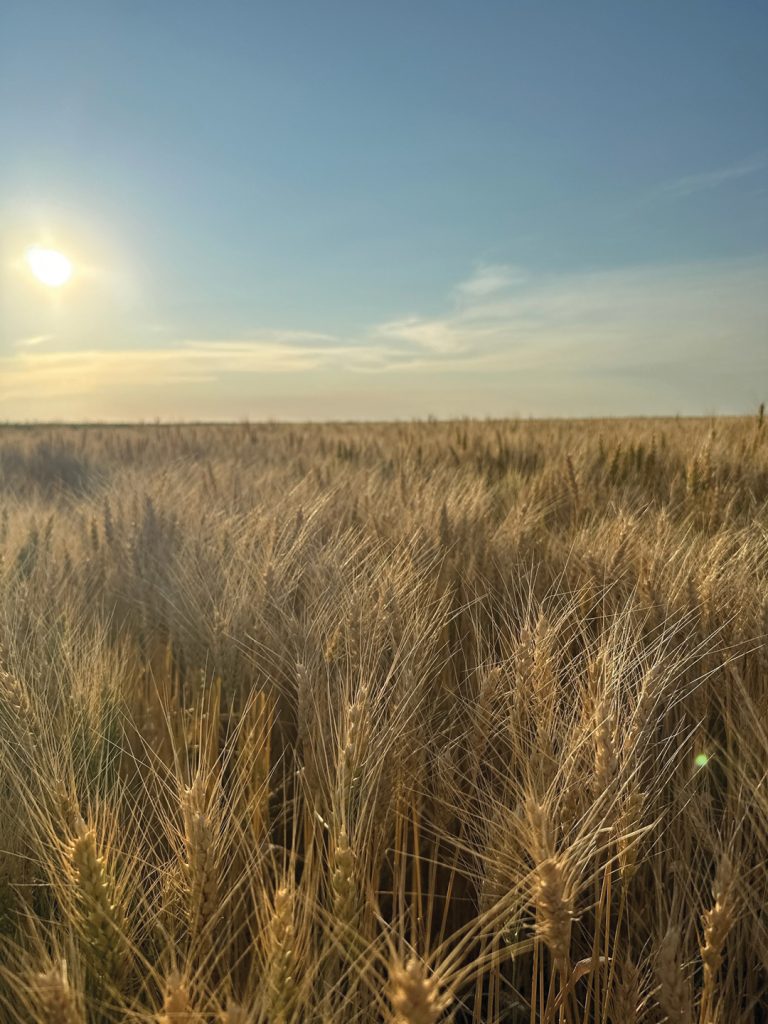A DASH OF BIG DATA
As part of a two-year project, the University of Alberta is building the Database on Alberta Soil Health (DASH). The goal is to create an online resource that marries soil data with associated agronomic and climate data to generate recommendations for use by farmers, soil scientists and agronomists.





